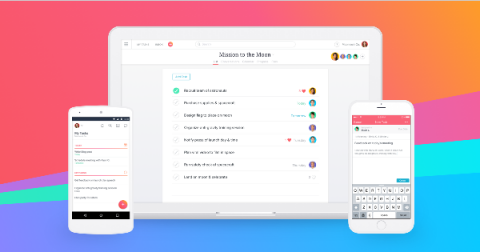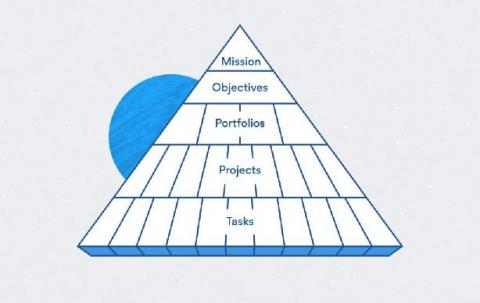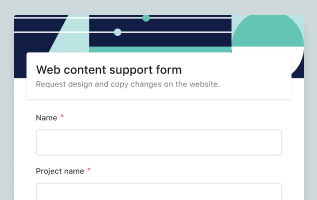How to make virtual meetings count with Asana's Meeting Manifesto
Whether we’d like to admit it or not, meetings are a fact of work life. When conducted consciously, they can be a highly effective tool for sharing ideas or making decisions. Unfortunately too many of us have experienced “bad” meetings, the kind that turn into a laundry list of status updates rather than a productive meeting of the minds. So what’s a team to do when the best way for them to align is to meet in real time?










